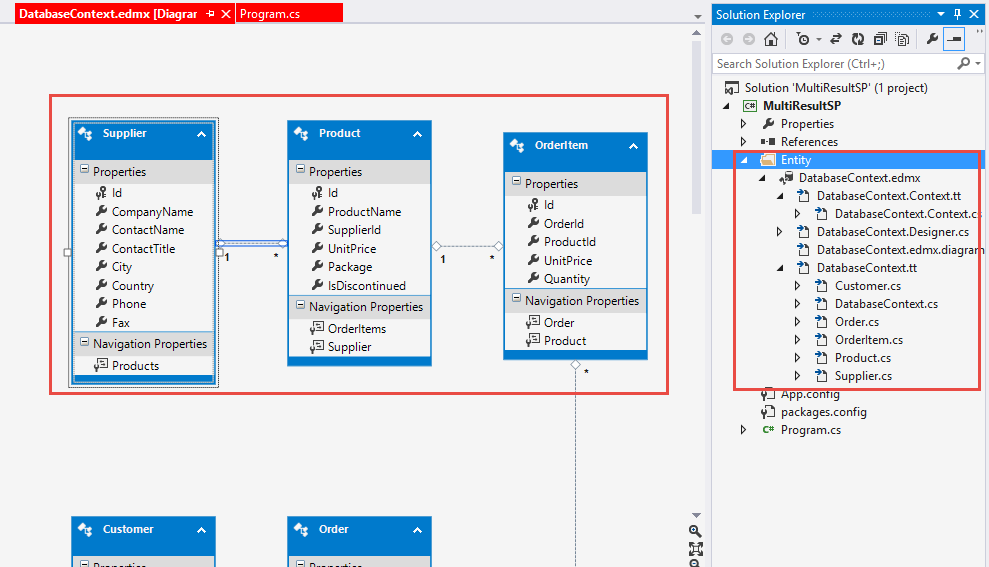

More information on executing stored procedures can be found at: Select the database that the job should run against, remember to test in a Play environment firstįinally, you need to type in the command that needs to be run in order to execute the procedure Select the type of step, which should be “Transact-SQL script” Step 4: Give the new step a meaningful name. Then click the New… button near the bottom of the window Step 3: Click on the Steps menu item in the left pane of the new job window. You can also optionally add a description. We do not recommend starting the name with P21, because it will be harder to find in the list among the P21 jobs that are already there. Then right click on the Jobs folder and select “New Job…” Step 1: Open SQL Server Management Studio and expand the SQL Server Agent. This process is useful when you need to automate certain tasks to run on a schedule.

EXEC Purchasing.This post provides a sample of the steps required to use the SQL SERVER MANAGEMENT STUDIO user interface to create an automatic job that runs as a timed event. To run the modified stored procedure, execute the following example. INNER JOIN Purchasing.ProductVendor AS pv SELECT LEFT(v.Name, 25) AS Vendor, LEFT(p.Name, 25) AS 'Product name', The LEFT and CASE functions customize the appearance of the result set. The EXECUTE AS CALLER clause is removed and the body of the procedure is modified to return only those vendors that supply the specified product. The example modifies the uspVendorAllInfo procedure. Use ALTER instead.Ĭopy and paste the following example into the query editor. ON v.BusinessEntityID = pv.BusinessEntityIDĭropping and recreating an existing stored procedure removes permissions that have been explicitly granted to the stored procedure. SELECT v.Name AS Vendor, p.Name AS 'Product name', IF OBJECT_ID ( 'pVendorAllInfo', 'P' ) IS NOT NULLĭROP PROCEDURE pVendorAllInfo ĬREATE PROCEDURE pVendorAllInfo The example creates the uspVendorAllInfo procedure, which returns the names of all the vendors in the Adventure Works Cycles database, the products they supply, their credit ratings, and their availability.

For this example, select the AdventureWorks2022 database.Ĭopy and paste the following example into the query editor. Or, from the tool bar, select the database from the list of available databases. To modify a procedure using T-SQL commands:Įxpand Databases, expand the database in which the procedure belongs. For more information, see SQL Injection Use Transact-SQL Never execute a command constructed from unvalidated user input. Do not concatenate user input before you validate it. Accept the file name or replace it with a new name, and then select Save. To save the updated procedure definition as a Transact-SQL script, on the File menu, select Save As. To save the modifications to the procedure definition, on the Query menu, select Execute. To test the syntax, on the Query menu, select Parse. In Object Explorer, connect to an instance of Database Engine and then expand that instance.Įxpand Databases, expand the database in which the procedure belongs, and then expand Programmability.Įxpand Stored Procedures, right-click the procedure to modify, and then select Modify. To modify a procedure in SQL Server Management Studio: Requires ALTER PROCEDURE permission on the procedure. If the previous procedure definition was created using WITH ENCRYPTION or WITH RECOMPILE, these options are enabled only if they are included in the ALTER PROCEDURE statement. Transact-SQL stored procedures cannot be modified to be CLR stored procedures and vice versa.
RUNNING A STORED PROCEDURE IN SQLPRO STUDIO HOW TO
This article describes how to modify a stored procedure in SQL Server by using SQL Server Management Studio or Transact-SQL. Applies to: SQL Server Azure SQL Database Azure SQL Managed Instance Azure Synapse Analytics Analytics Platform System (PDW)


 0 kommentar(er)
0 kommentar(er)
